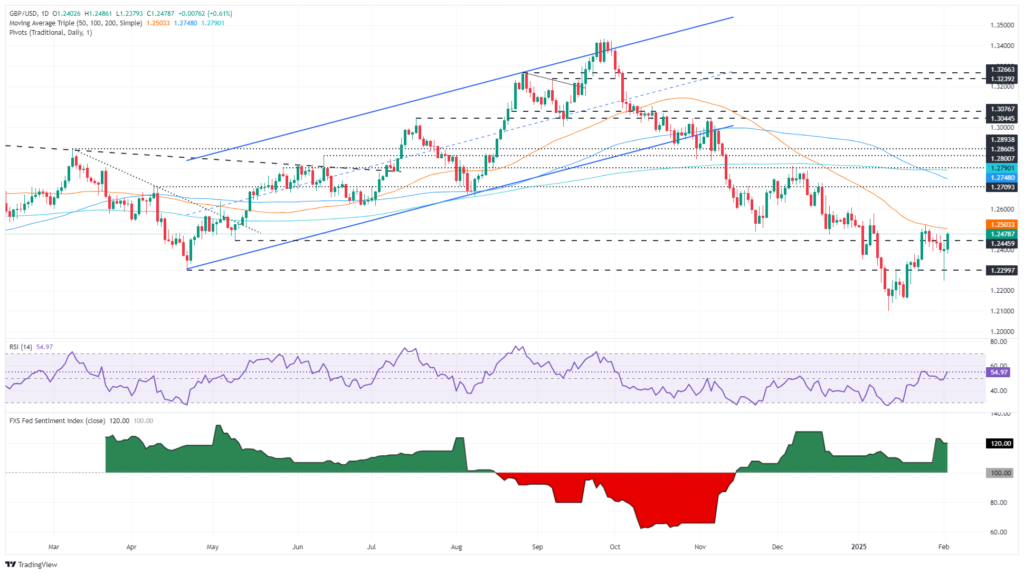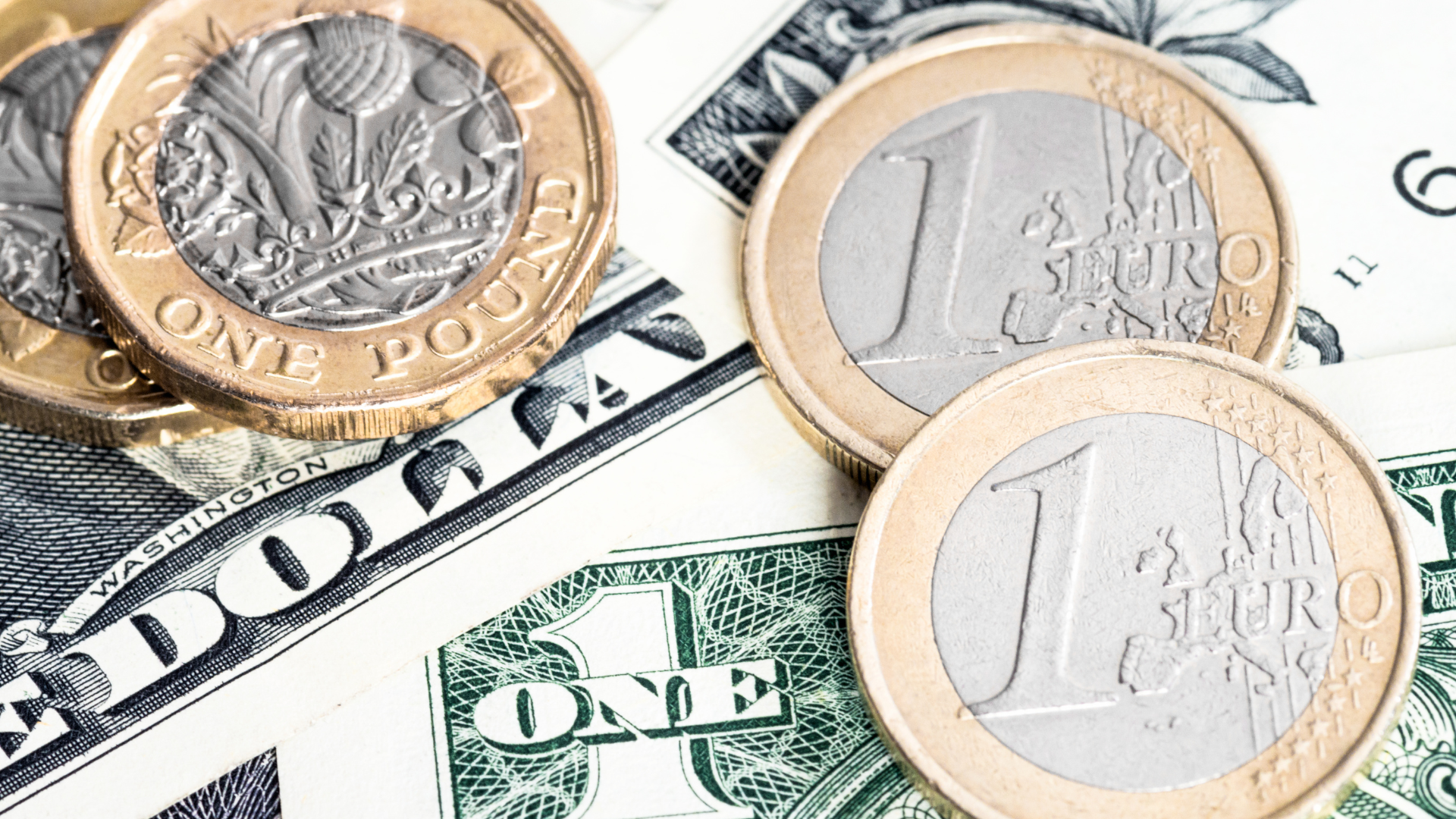The British pound climbed above 1.2450 against the US dollar on Monday, supported by broad-based greenback weakness and improving risk sentiment in global markets. The move reflects renewed optimism among investors, who shifted away from the dollar following softer US economic data and easing concerns over aggressive Federal Reserve tightening.
The US dollar slipped as markets reacted to weaker-than-expected economic indicators, raising speculation that the Federal Reserve may adopt a more cautious approach in its upcoming policy decisions. This shift in expectations pressured Treasury yields, reducing demand for the greenback and providing a boost to GBP/USD.

Meanwhile, the British pound found additional support from stable UK economic data and growing optimism that the Bank of England (BoE) might maintain a hawkish stance longer than previously anticipated. Stronger-than-expected domestic figures have bolstered confidence in the UK’s economic resilience, helping the pound recover recent losses.
Looking ahead, traders will focus on upcoming US inflation data and central bank commentary, which could offer fresh clues about the Fed’s rate trajectory. At the same time, any shifts in the BoE’s monetary policy outlook could influence the pound’s performance, with markets closely watching for signs of divergence between the two central banks.
For now, GBP/USD remains in an upward trend, with dollar weakness and steady UK fundamentals driving momentum. Unless there’s a significant shift in economic conditions, the pair could continue to gain ground in the near term, testing higher resistance levels as traders reassess their positions.













